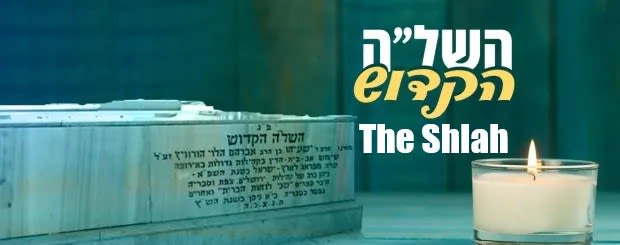
Rabbi Isaiah Halevi Horowitz (The Shlah)
Date of Passing: 11-Nissan. Known as the Shlah after the title of one of his major works "Shnei Luchos Ha-Bris", was a halachist, kabbalist, and communal leader. The Shlah's Prayer for Children is a powerful tefillah to raise righteous offspring.

Rabbi Isaiah Halevi Horowitz was born in the well known city of Prague, in the year 5318 (1558) , just over 400 years ago. His father, Rabbi Abraham bar Rabbi Shabse Sheftel Halevi, was a celebrated Gaon and author of many works (Yesh Nochlin, Emek Brochoh, Chesed Avrohom, Bris Avrohom). He was the first teacher of Rabbi Isaiah. Later on, the father, with his whole family, left Prague, and went to Cracow in Poland, and from there to Lublin, where Rabbi Isaiah studied at the celebrated Yeshivah of the Maharani. He married the daughter of one of the leading members of the Vienna community, Reb Avrohom Moul. His wife’s name was Chaye.
Rabbi Isaiah Halevi Horowitz is famous as the “Shlah Hakodosh” (the saintly Shlah) because of his great work, Shnei Luehos Habris (Shlah). At an early age, he was recognized as a great Gaon, and he took part in the meetings of the Rabbis of the Vaad Arba HaArotzos (Council of the Four Countries), together with the greatest Rabbis of his generation. He held Rabbinical positions in various communities such as Dubno, Ostraha, Posen, Cracow, Vienna, and Frankfurt, where he headed great yeshivot and had large numbers of students.
When the Jews were driven out of Frankfurt in the year 5375 (1615) on the 27th of Elul, Rabbi Isaiah went with them into exile. Later on, he was chosen as Chief Rabbi of his native Prague, a position he occupied for seven years. At first, he shared the office together with the great Rabbi Efraim Luntschitz (author of “Olelos Efraim”), and upon Rabbi Efraim’s death (7th Iyar, 5379 [1619]), the Shlah remained the sole Chief Rabbi in Prague, where he stayed until he left for Eretz Yisroel in the year 5381 (1621) . He always felt a desire to live in the Holy Land, and when his wife died in 5380 (1620) , he decided to satisfy his longing for the Holy Land, and he went there. He left his comfortable position, bade farewell to his children and grandchildren, and set out on the long journey. It was especially difficult for him to leave his dear son, Rabbi Sheftel, who was already a Gaon himself. Rabbi Isaiah stopped at Venice and other places on the way, where he was welcomed with great honor.
On Friday, the 6th of Kislev, in the year 5382 (end of 1621) , the saintly Shlah arrived in the holy city of Jerusalem. The Ashkenazi community immediately appointed him as their Rabbi.
Here in the Holy Land he arranged his Siddur (Prayer Book) “Shaar Hashomayim” (the Gate of Heaven). He gave it this title because numerically the word “Hashomayim” equals the word Isaiah (395), and also because he arrived in Jerusalem on Friday, when the Portion of the Week to be read in the Torah was Vayetze, which contains the words “Vezeh Shaar Hashomayim,” that our father Jacob said upon awaking from his heavenly dream. The Siddur was printed by his great-grandson, Rabbi Abraham in the year 5477 (1717), with the Haskomoh (written approval) of the Bach, Tosefos Yom Tov, and other great Rabbis of the period.
Two years after his arrival in Eretz Yisroel, he finished his gigantic Shnei Luchos Habris (“Two Tablets of the Covenant”) known by all as the “Shlah Hakodosh.”
The year of the Shlah’s settling in Jerusalem was a Shmittah year (Sabbatical year). Because the previous year had been a year of drought and hunger, people sought to be a little lenient in the observation of the Shmittah. The Shlah, however, did not agree to any leniency, in spite of the difficulty of the situation.
During the early part of his stay in Jerusalem, the governor of the city was Mahmoud Pasha, an honest and friendly ruler, and the position of the Jews was not such a severe one. But in the year 5385 (1625) , a rich Arab from Jerusalem (his name was Ibn Farouk) bribed the Governor in Damascus, and bought the ruling powers over Jerusalem. He was blind in one eye, and a wicked, cruel man. During the last Shabbat of the month of Tevet, he entered the city with 300 armed soldiers, and took over the rule. He started to persecute the Jews, and sought all means of squeezing money out of them. On Shabbat, the 11th of Elul, he sent his soldiers into the two Synagogues of the Ashkenazim and the Sefardim, and arrested 15 Rabbis, amongst them the Shlah. He placed a huge ransom on their heads. They remained in prison until Rosh Hashanah, when they were released after superhuman efforts by the community and a large amount of ransom money. No longer sure of their lives, Rabbi Isaiah, together with other Ashkenazim, escaped from Jerusalem, and went to Tzefas (Safed) in the month of Tevet. Later on, the Shlah settled in Tiberius, where he finally ended his gigantic and magnificent work, the “Shnei Luchos Habris,” which he sent to his children in Prague. Three years later, he died at the age of 70. Before he departed for the Eternal World, he ordered that as soon as he died, the following announcement should be made in all the Synagogues and Study Halls (Botei Midrash) in Tiberias and Tzefas:
“Friends! Let it be known that Rabbi Isaiah Halevi Segal Horowitz has died, and he ordered that no Hespedim (Eulogies) should be held in his honor. Special prayers should be offered during the first seven days and on the Yahrzeit.” The grave of the saintly Shlah is situated near the graves of Rabbi Jochanan ben Zakkai and the Rambam in Tiberias.
The Shnei Luchos Habris was written by him for his children and grandchildren. His son, Rabbi Shabse, better known as Rabbi Sheftel, who was the Chief Rabbi of Posen and vicinity, first published the Shlah in 5408 (1648) in Amsterdam, adding his own work “Vovei Ho-Amudim.” Fifty years later, in the year 5458 (1698-the year that the Baal Shem Tov was born) the Shlah Hakodosh was printed a second time in Amsterdam in clear letters, and was in great demand. It is a highly respected and beloved work, and has been reprinted many times.
Tzefas and Tiberius were the centers of the study of Kabbalah that was taught by the saintly Ari and his disciple Rabbi Chaim Vital. Rabbi Joseph Karo (author of “Beth Joseph” and Shulchan Aruch“), was also one of the great and illustrious Kabbalists of Tzefas. Also the saintly Shlah spent much time in the study of Kabbalah, which formed the basis for his great book. The Shlah contains explanations and commentaries on the deeper aspects of Torah and Mitzvot, the Holidays and other facets of Jewish life. The book is filled with the spirit of holiness and piety, the love and fear of G-d, love of the Torah and love of the Jews. The author rightfully earned the title of “Shlah Hakodosh,” because he was a saintly person, and his teachings were saintly.
Besides the “Shlah Hakodosh”, and the Siddur “Shaar Hashomayim”, with explanations of the Prayers, Rabbi Isaiah also composed other works, including Sefer Mitzvot and Tefillin. The Shlah Hakodosh who traveled a lot, and occupied many Rabbinical positions, wielded tremendous influence, both personally and through his many thousands of disciples, whom he set up, and also thorough his great written work, the Shlah (Shnei Luchos Habris), by which name he is known to the present day.
The Shlah’s Prayer for Children on Erev Rosh Chodesh Sivan is a powerful tefillah to raise righteous offspring. Click here to read the prayer.
***
Used with kind permission from chabad.org.


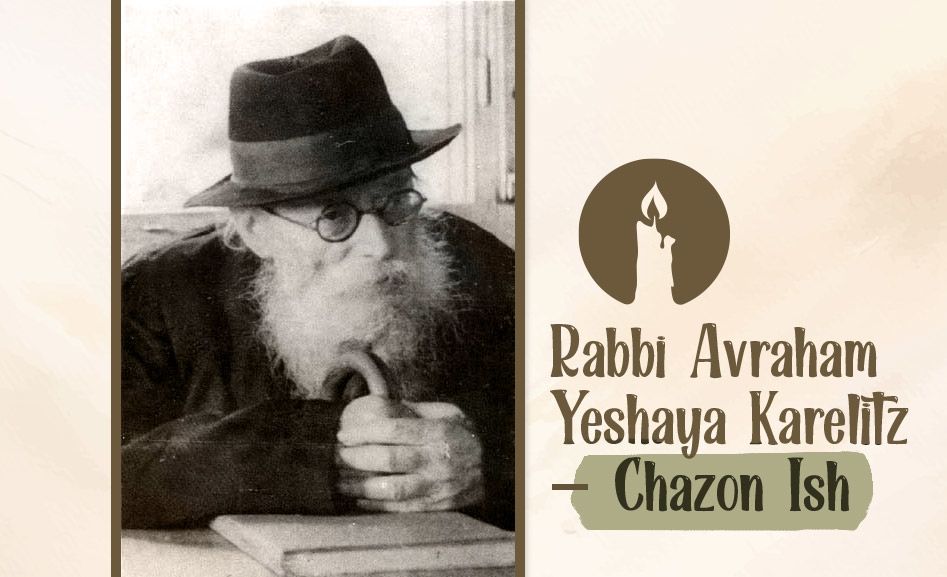

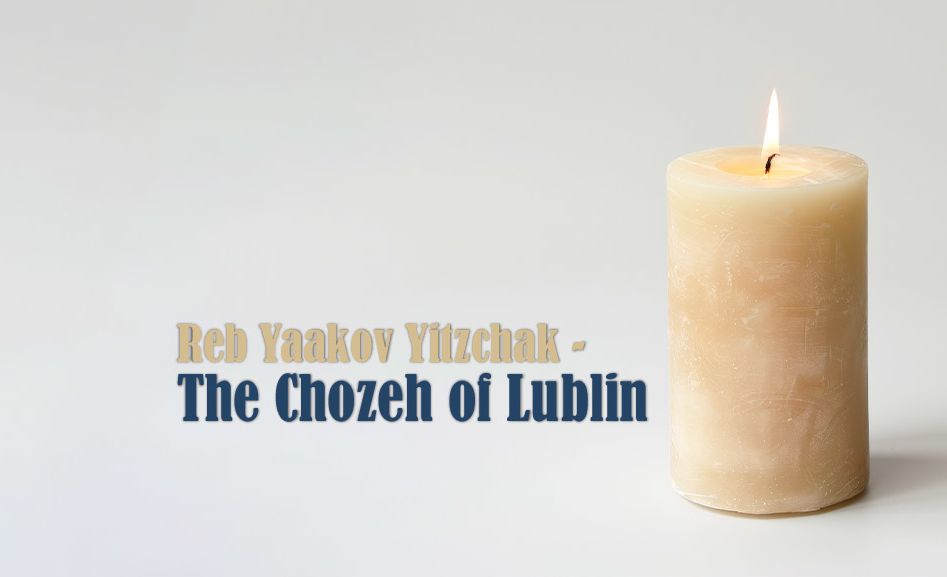
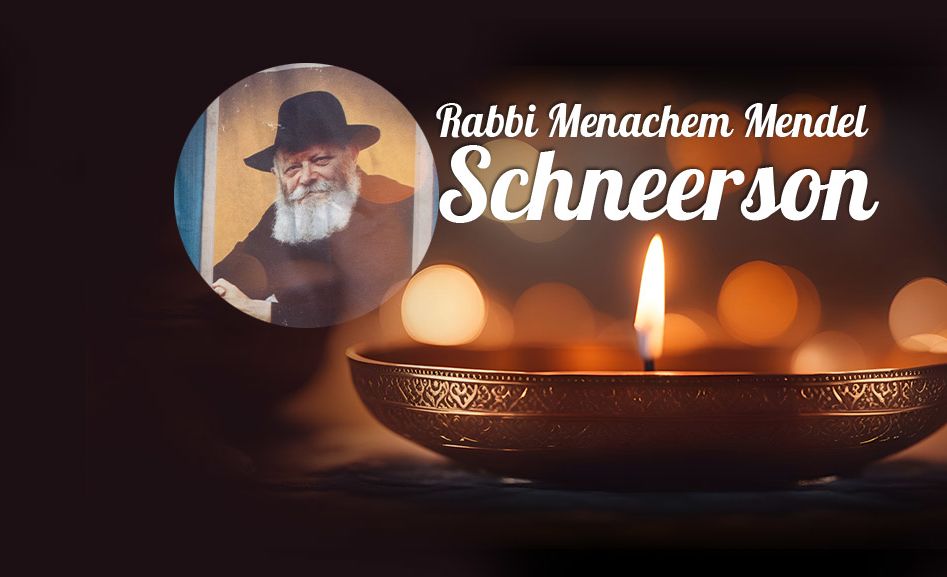

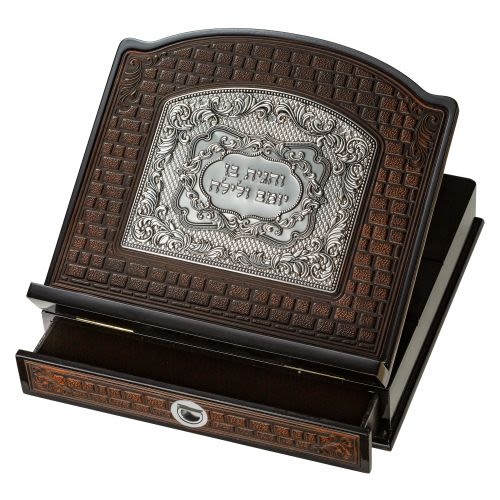

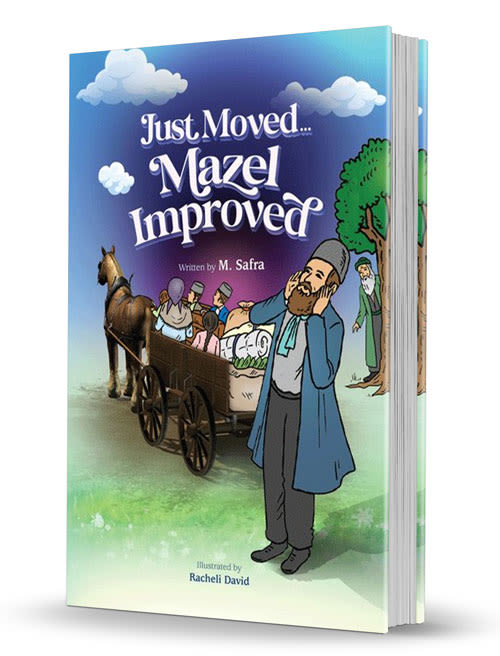
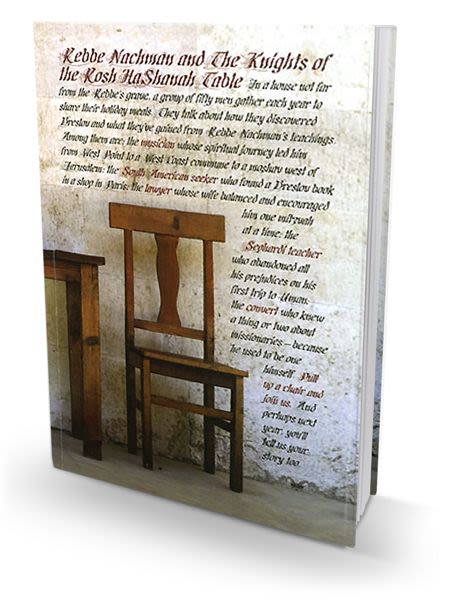
Tell us what you think!
Thank you for your comment!
It will be published after approval by the Editor.